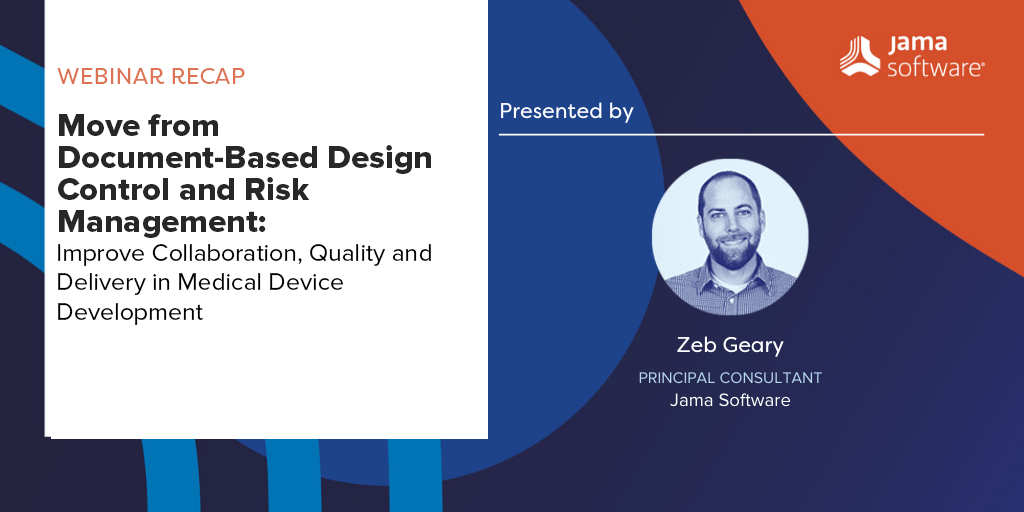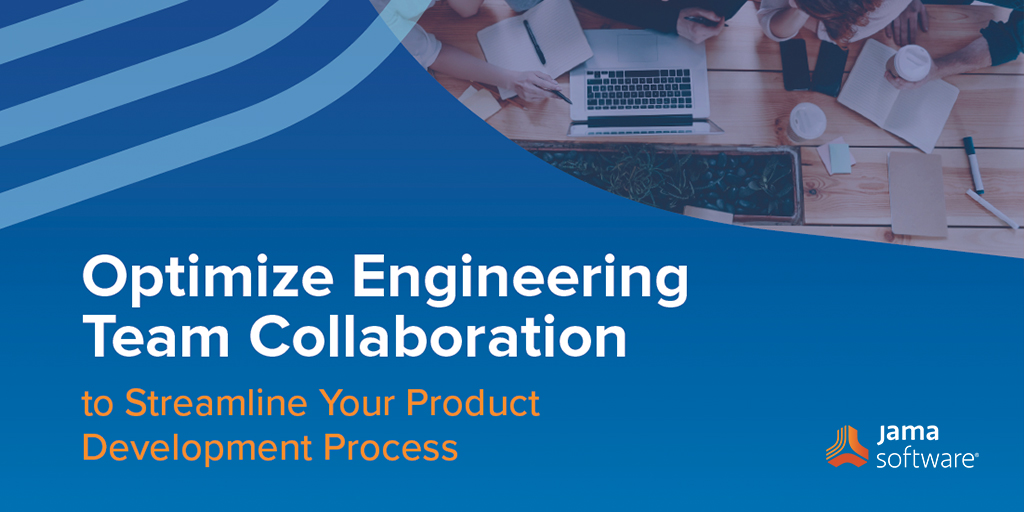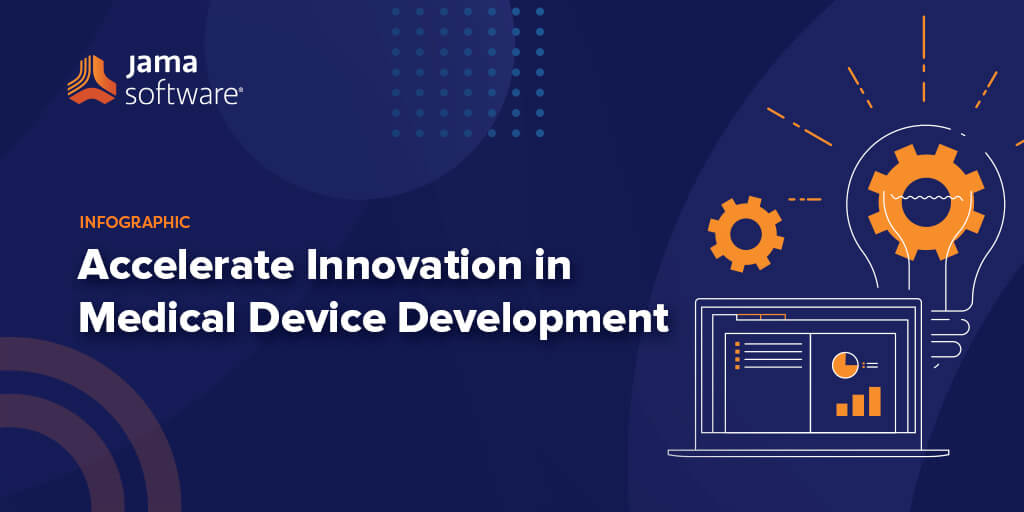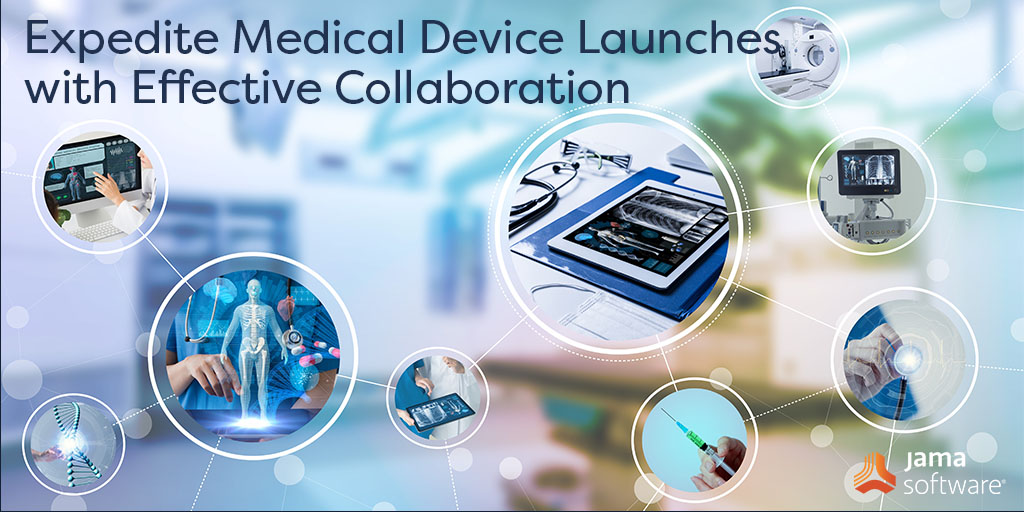
In this blog post, experts from Cadence, OpsHub, and Jama Software talk about enabling digital transformation in the hardware and semiconductor industries.
The relentless pace of innovation, rapidly changing markets, and increasing product complexity are creating intense pressures on companies in the semiconductor and hardware space. Some of the biggest challenges relate to scaling effectively and efficiently within the context of digital transformations.
Organizations in all sectors are looking to support faster release cycles and accelerate innovation. Siloed and legacy tool chains create a major hurdle in accomplishing these goals.
Watch the webinar or read the recording to learn more about:
- Rich collaboration
- Complete traceability
- Full transparency among all stakeholders
- Faster releases
- Improved quality and productivity
Below is an abbreviated transcript and a recording of our webinar.
Jama Connect: the Leading Platform for Requirements
Matt Graham: Thanks everybody for joining. So today, before we get into the agenda just to introduce the three products that there are three subject matter experts about. First of all, something near and dear to my heart, the Cadence vManager, verification management platform which is a scalable, reliable and very feature rich verification planning and management solution from Cadence. That sits on top of a number of our verification and provides a sort of roll up capability. And we’ll describe it in a little more detail in a couple of slides. On the OpsHub opposite side, we’ll be looking at the OpsHub integration manager that enables enterprises to integrate their best of breed tools together that are best suited for the various teams and their various roles and connect those two together for integration and collaboration. And then Jama Connect, which is the leading platform for requirements, risk and test management to help provide that sort of end-to-end compliance solution.
Our agenda today. First we’ll look at some of the challenges of the semiconductor and hardware development ecosystem. This is obviously a very fast paced, highly competitive type of environment and there’s a lot of specific challenges that the integration of the tools I just mentioned can help address and solve. We’ll look at how engineers in this space can scale effectively and efficiently utilizing some of these, the tools to address some of the ongoing transformations in that space. And then specific to semiconductor domain, bridging the gap in what has historically been a very siloed development process. And bringing together for efficiency, quality and reliability all of the various tools that I mentioned and giving it a really nice integrated development and verification environment. We’ll then have a specific use case and demo showing how the three tools work in concert and then look at some key takeaways. And as Marie mentioned, some Q and A.
Standards for Requirements such as ISO 26262
Specifically to the semiconductor and hardware ecosystem, there are a developing set of challenges. And of course they’ve always been challenges in this area. First pass design success is critical for hardware development. Just because the tooling costs are so great. We don’t want to have to respurn hardware. It’s not like just releasing more software. It is it requires expense. But that has been the way of hardware development for some time. In the last several years we’ve seen a need creeping into that environment for even stricter compliance, particularly around mission critical domain such as aero and defense, automotive especially as self-driving and autonomous vehicles come in. And adherence to standards like ISO 26262 presents another layer of requirements and need for management and collaboration on top of an already strict set of sort of design parameters.
As I mentioned, this development environment tends to be very siloed in its nature because it is so specialist. You have specialist designers, specialists verification engineers to test the designs, specialists post silicon, specialists layout engineers and so on and so forth. And all of those silos, well somewhat required of the specialty of each of those tasks tends to hinder collaboration, compromise quality and just impact efficiency and velocity overall. In an area where efficiency and quality is critical. We can’t have bugs in semiconductors going to automotive and we need to be able to turn those new cell phones, those new mobile devices as quickly as possible. So turnaround time is just getting compressed and the requirement for quality is increasing at the same time.
RELATED: A Guide to Understanding ISO Standards
All of that sort of siloed nature of the specialties as well as the need for velocity and quality really ends up in poor traceability of results in terms of compliance and quality issues creeping in. Especially when it comes to doing things like audits for ISO and other similar standards that are becoming the requirement across again aero and defense type applications, automotive type applications and even down into the sort of consumer device applications. And really traceability is a watch word now in the ecosystem of hardware and semiconductor development.
So how does the offering from Cadence, vManager fit into and help provide a solution to those challenges that I just mentioned? Well, for a number of years now, in fact, vManager has been around for about 15 years and in that entire time it’s had the key capability of the verification plan. And the verification plan really exists to provide traceability between what is being executed during the testing or verification of your semiconductor or hardware design. And what were the goals of that or the requirements of that testing or verification project. Things like testing interfaces, both internal and external to the semiconductor, testing compliance with standards like ethernet and USB, such as that, things like that. As well as the internal requirements of the device, it must route packets this fast. It must answer phone calls in this manner or whatever it might be.
And the verification plan in vManager really allows the user to enter those requirements and then connect them to the real results that are occurring. We ran these tests, these tests were associated with a given requirement. Those tests passed therefore the requirement is satisfied. And so the V plan becomes a very natural place. And in fact the appropriate place to connect the rest of the ecosystem via OpsHub, two tool requirements coming from Jama Connect so that we can have traceability across the software development, the hardware development, whatever. The mechanical development et cetera ecosystems. And the vManager and the verification plan is really where that hardware verification, that hardware and semiconductor development information enters that ecosystem through the conduit of the verification plan. So let’s look a little bit more on, well what exactly is in that verification plan that vManager provides.
Enabling Digital Transformation: Static Documents Cause Challenges
And the V plan is really what we call, what we refer to in our vManager sort of pitch if you will as an executable verification specification or an executable verification contract. And what that means is that there’s data incoming to that during the creation, the authoring of that verification plan. Not only through connectivity to tools like Jama but also from say static documents like standards specifications, ethernet that I mentioned before, USB those are standard protocols that have very lengthy standards documents and needs to be a way to import, kind of gather the data from that and put it in the verification plan. Another input to the verification plan is other verification plans. So if you think about a system on a chip that is not a single piece of intellectual property, it’s built up of many, many different pieces, a USB piece, a central processing piece, a memory management piece and so on.
And each of those pieces can have their own verification plans for the verification at that sort of lower block level as well as then can sort of conglomerating or aggregating those verification plans into a single sort of system on a chip verification plan. And the vManager, V plan allows that through sort of parameterization and instantiation and really flexible set of sort of reuse capabilities for verification lands. And then of course just engineers authoring their verification plan. Literally writing, typing in here’s a specific requirement et cetera. And then we have the component of mapping those requirements to items that exist in the actual testing environment. Things like we have a test, did it pass or fail? What requirement is that test related to? So there’s mapping the test to a particular requirement and then did that test pass or fail. Those of you familiar with hardware verification know that tests passing and failing is not the only statistic or metric that we track.
There’s other metrics and statistics such as code coverage, functional coverage, assertion coverage, software coverage, all tracking what scenarios and what stimulus were driven to the specific device under test. And what was the reaction of the device under test? And then what percentage of the device has been exercised during that test? It is all basically statistics gathering from the testing effort. All that data can be mapped into the verification plan, directed to the specific requirement or multiple requirements that it may satisfy. And of course, this gives us the ability to not only specify a requirement, but then capture whether that requirement was met. Was it satisfied? And this is the place where I’ll hand over to Jeremy now to talk about what those requirements in those higher level requirements or system level requirements in the general world and how they’re going to connect into this hardware verification, hardware development world.


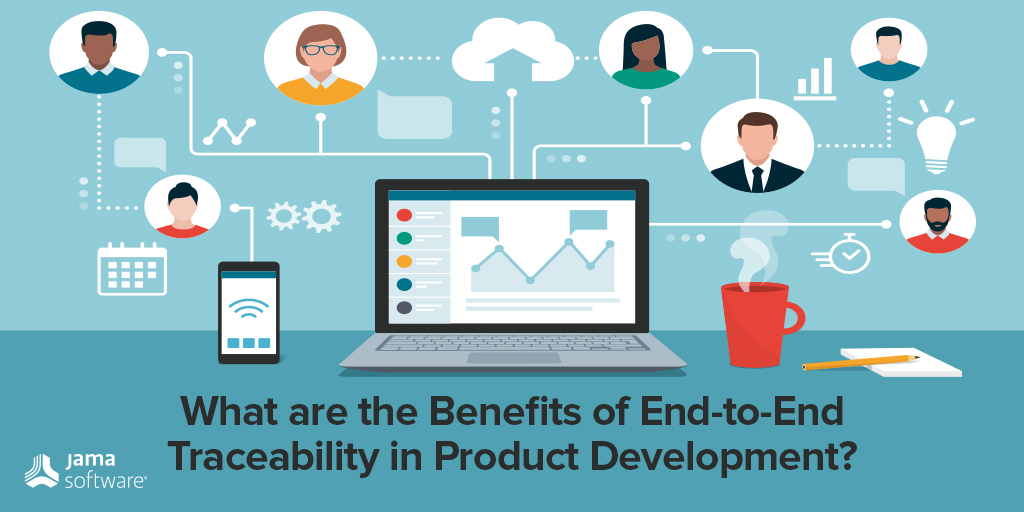
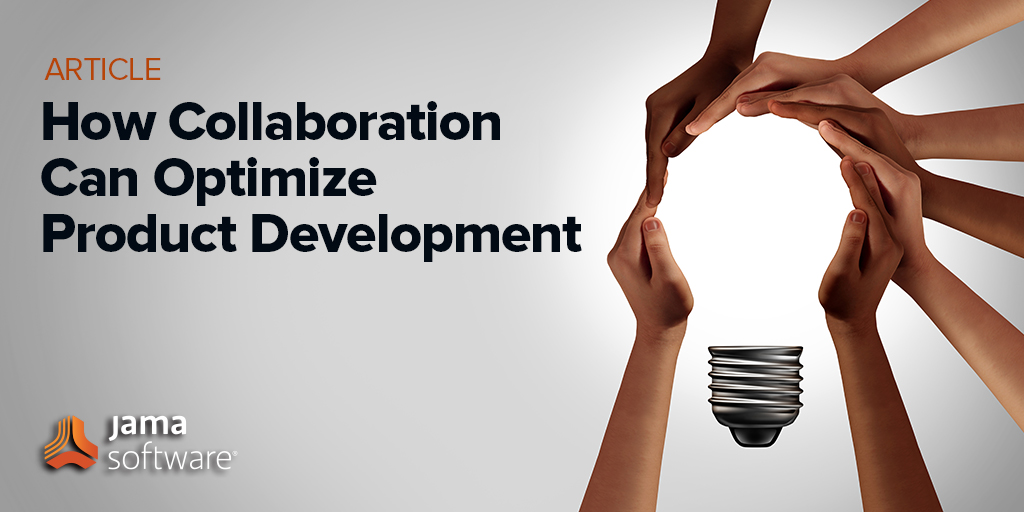 Editor’s Note: This post about how to optimize product development was originally published
Editor’s Note: This post about how to optimize product development was originally published 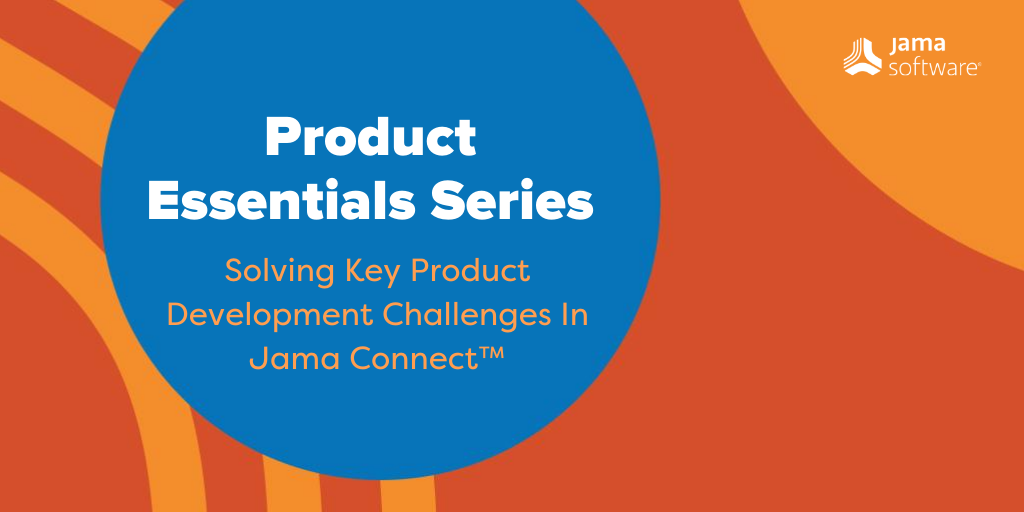 With over 12.5 million active users, organizations around the globe rely on Jama Connect to help bring complex products to life. Innovative companies choose Jama Connect to improve quality, reduce rework, prove compliance, and get to market faster.
With over 12.5 million active users, organizations around the globe rely on Jama Connect to help bring complex products to life. Innovative companies choose Jama Connect to improve quality, reduce rework, prove compliance, and get to market faster.